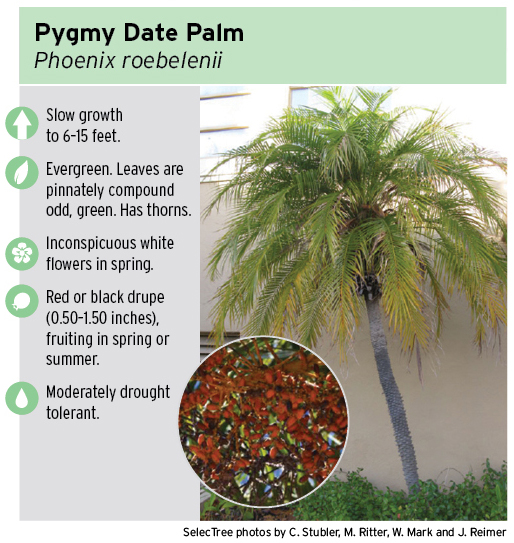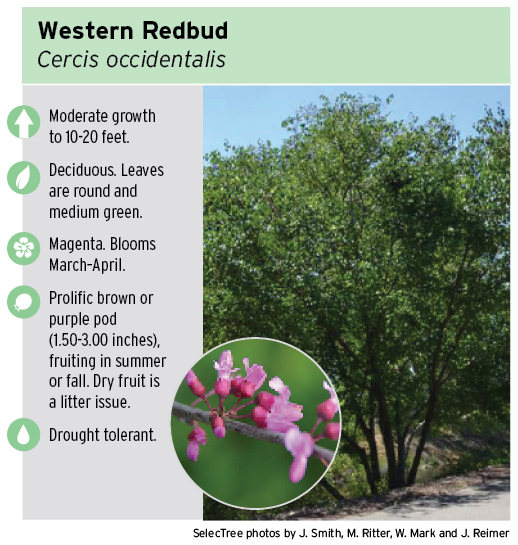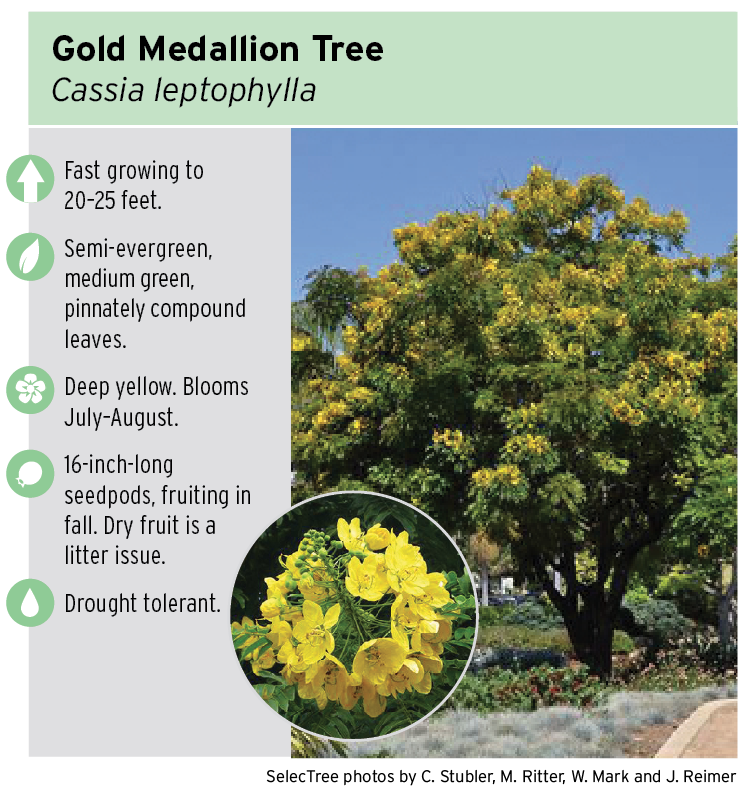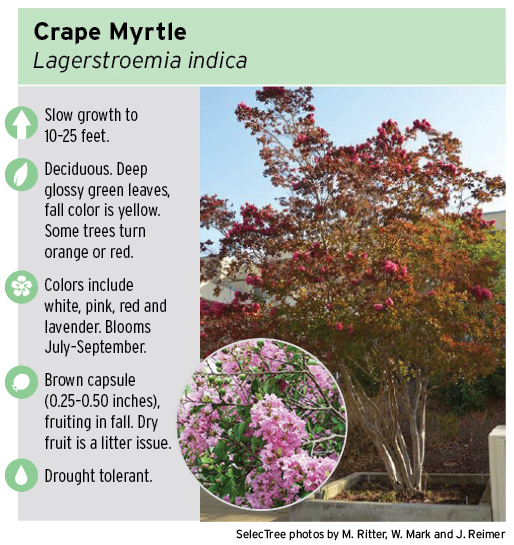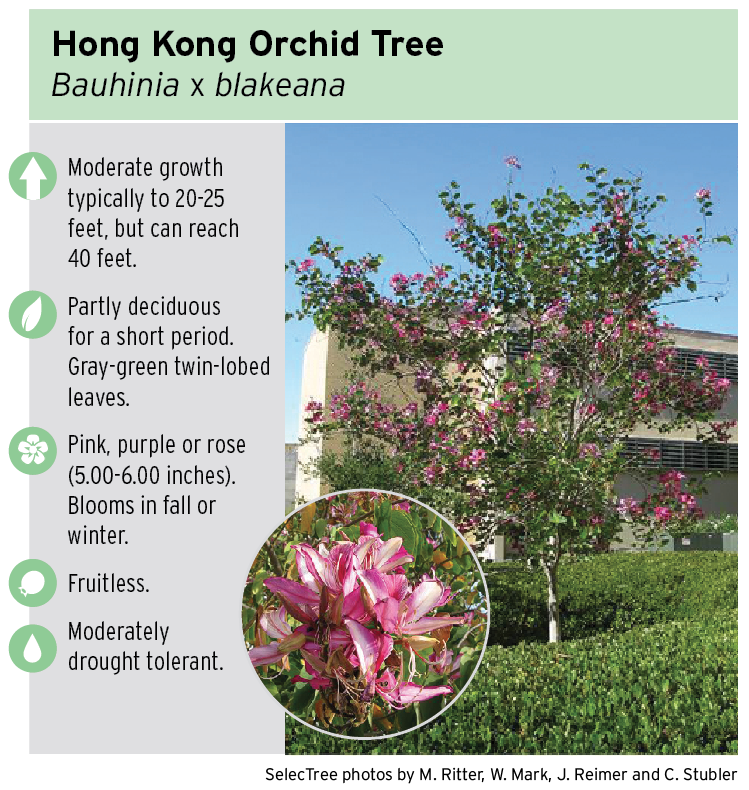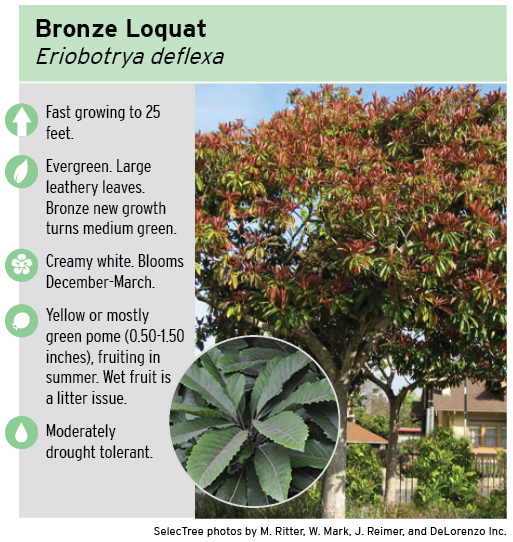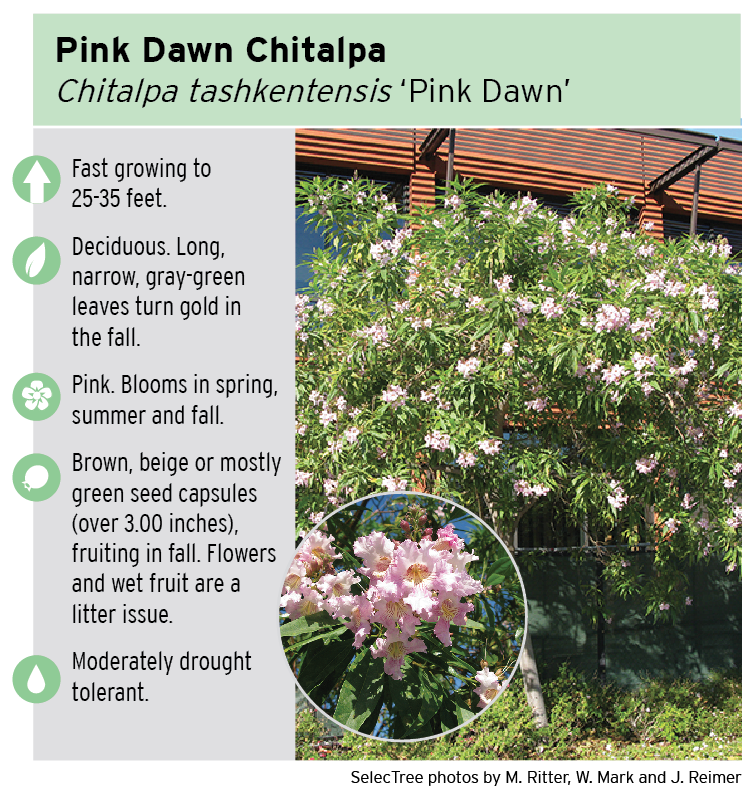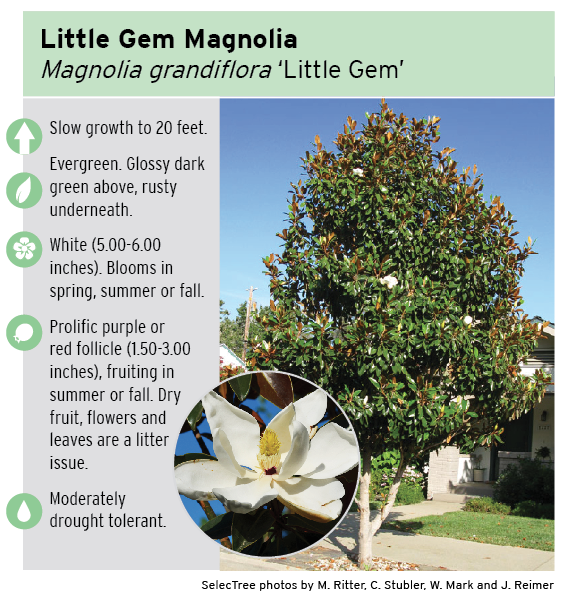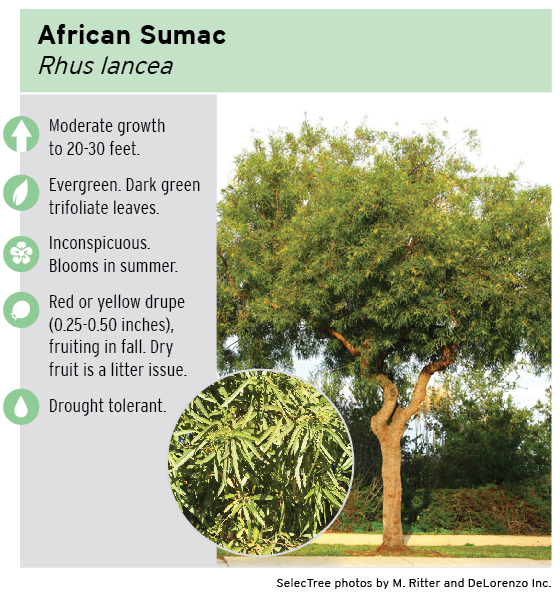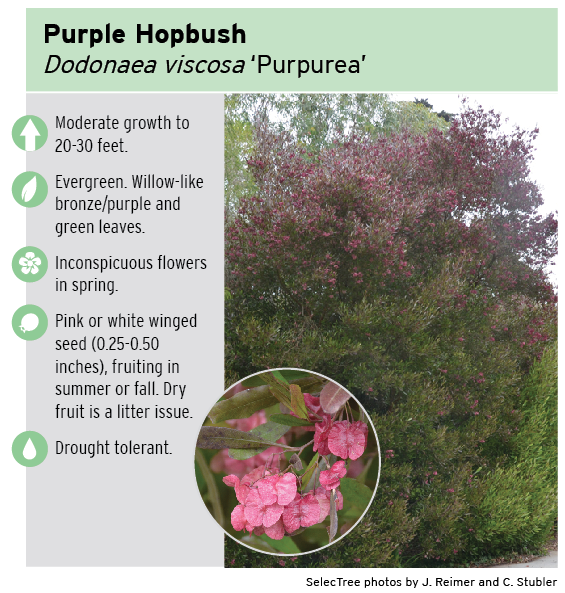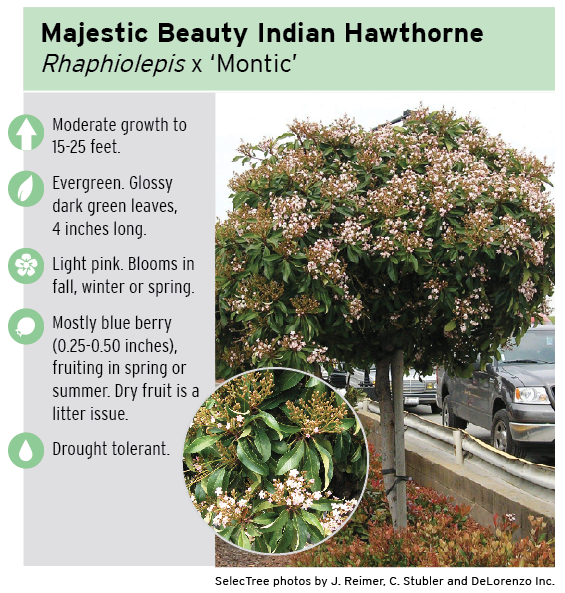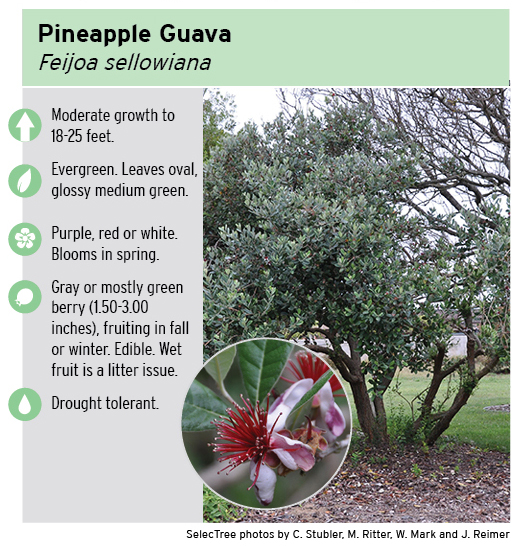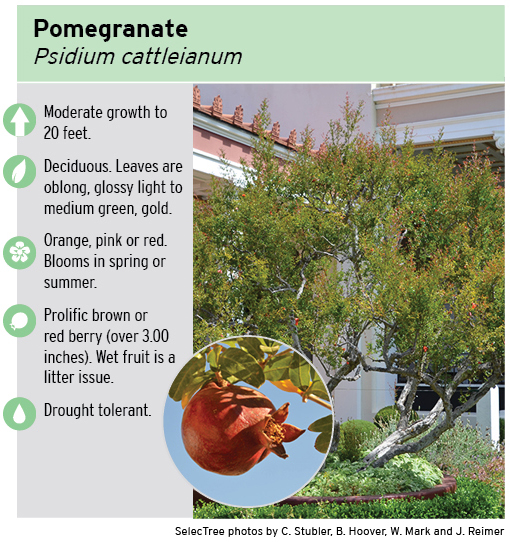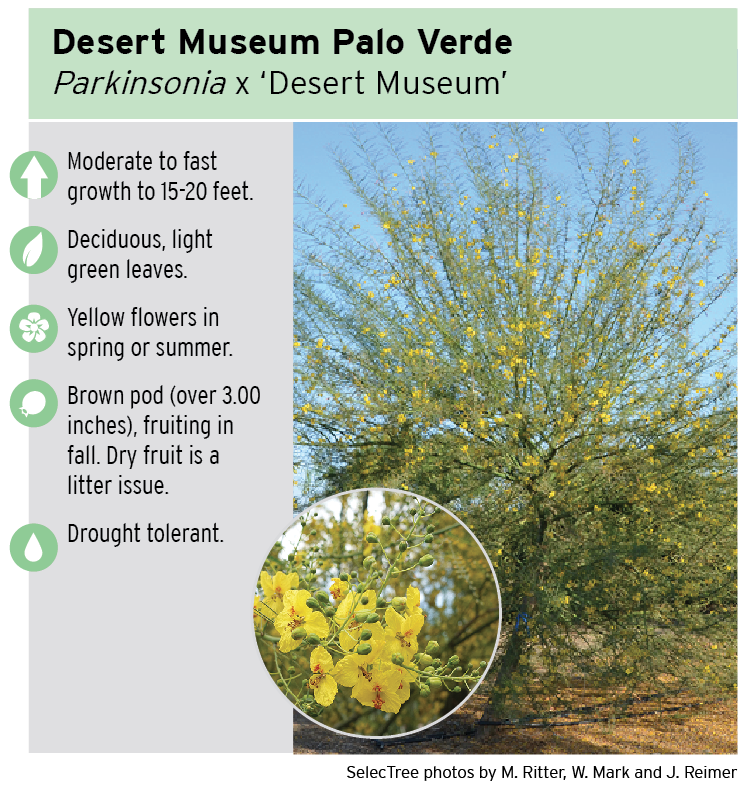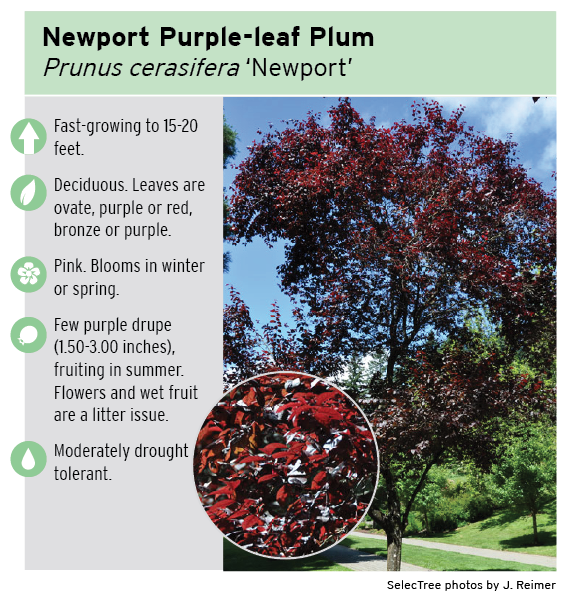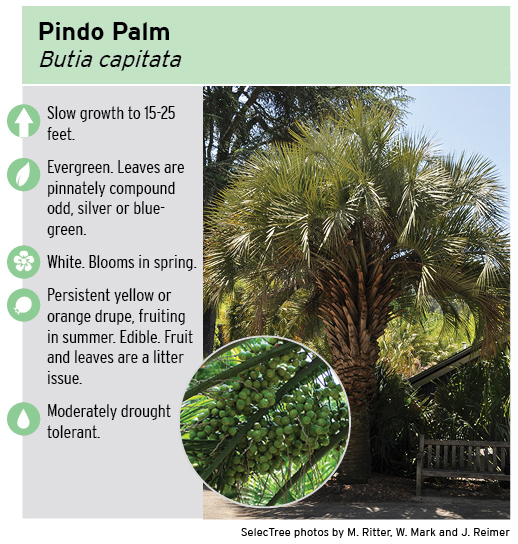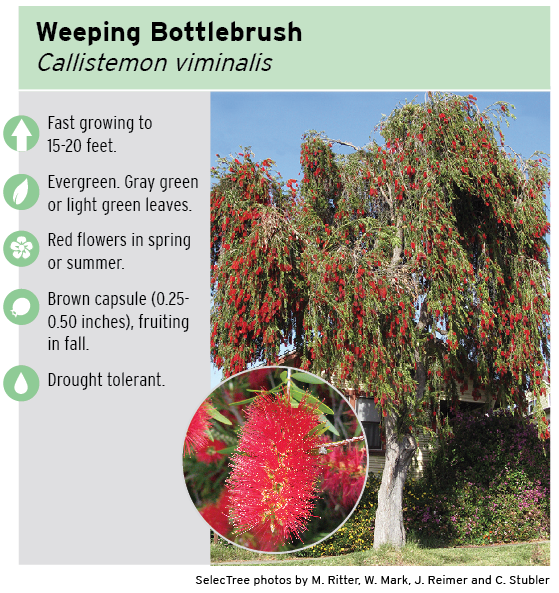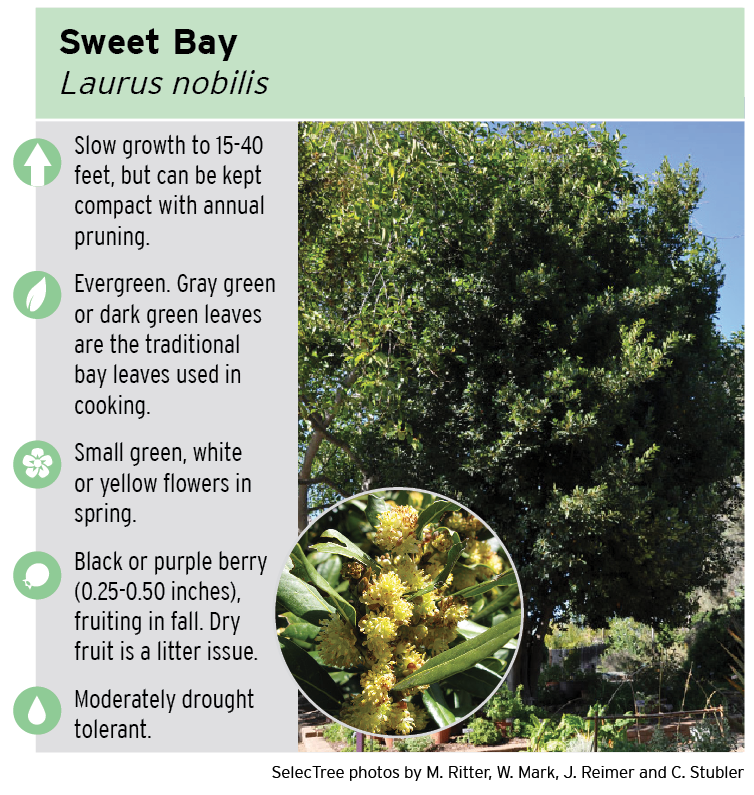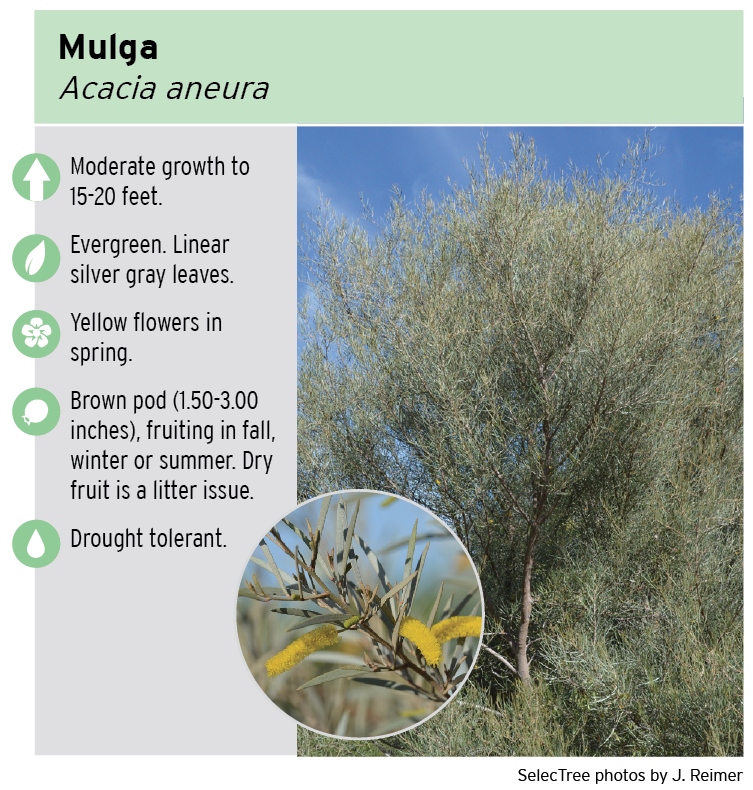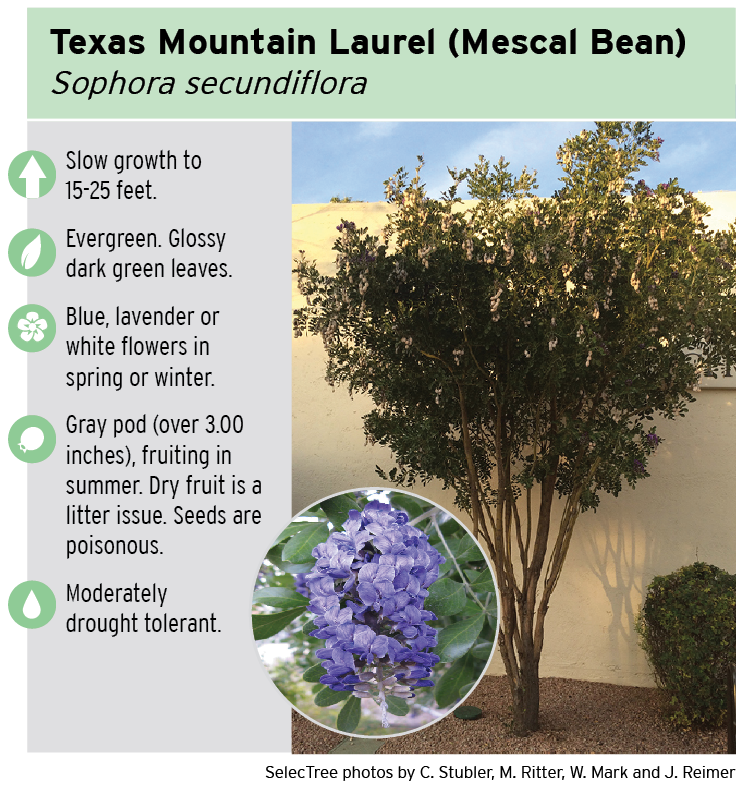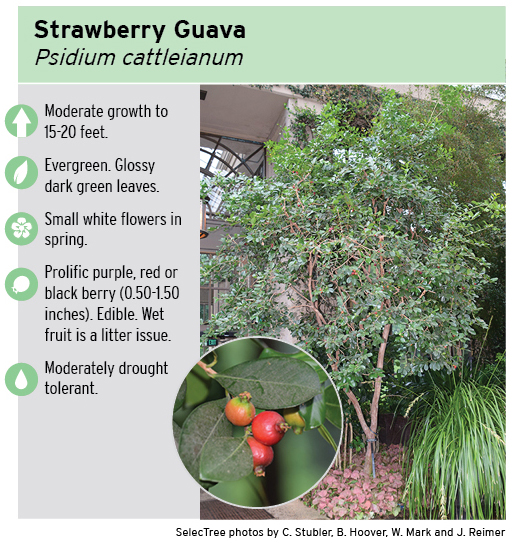Plant the right tree
in the right place
You can help prevent fires, electric shock hazards and power outages by planting the right tree in the right place – clear of electric lines. Use the following tips to plan before you plant.
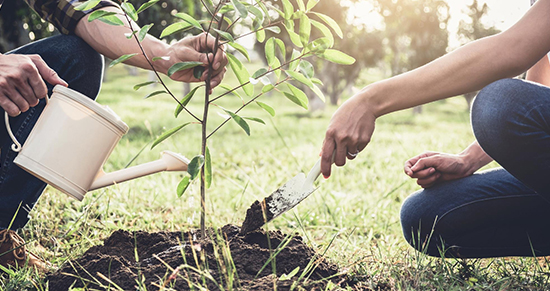
Check the tree height zone
Consider how tall and wide a tree will grow so that you can plant it in the right zone, as shown in the illustration.
Trees that grow too close to power lines will be pruned to maintain clearances, as required by law. We use directional pruning techniques that may shape trees like a U or V directly under power lines or an L beside power lines for safety, service reliability and compliance.
Utility-friendly trees under 25 feet tall
Here are a few examples of trees that are popular locally and compatible with overhead power lines (except where electric equipment is sagging or low due to construction or terrain). These typically grow to a mature height of 25 feet or less and should require little, if any, pruning.
To learn more about these and other types of trees, search the SelecTree tree selection guide. You can search by tree name or by the characteristics you prefer.
Also check with local nurseries or garden centers regarding the availability of these species and alternatives such as hybrids that combine desirable characteristics of two trees.

Click on each box to enlarge for easier viewing.
Additional factors to consider before you buy or plant a tree
- Local requirements: Contact your city or county parks department or public works department to see whether there are ordinances or guidelines for selecting and planting trees. Invasive, exotic or problematic species may be prohibited.
- Evergreen versus deciduous: Evergreen trees provide year-round shade and color. Deciduous (leaf-dropping) trees provide shade to cool your home in the summer, and allow sunlight to reach your home in the winter.
- Overhead space: Make sure there is ample room for trees to reach their mature height. Look for overhead wires, both phone and electric, as well as desirable views you don’t want to block. Also consider whether the tree may need pruning when it matures.
- Quality: Look for healthy, vigorous growth with good branch structure and minimal problems such as mechanical, pest or sun damage. Avoid trees that have been topped or “headed” in the nursery. Watch for large encircling roots within the planting pot, which can cause future problems for the tree.
- Root growth: Can roots develop without damaging walkways, sewers, underground power cables and other utilities?
- Soil: Is it poorly drained or compacted? Your local nursery or garden center can recommend ways to improve poor soil conditions and tree species that will do well on your site.
- Site conditions: Some young trees need protection from wind, direct sunlight, extreme heat or cold. Frost and hard freezes can destroy mature trees as well. For each tree species you’re considering, check site conditions listed in the SelecTree guide, such as the USDA Plant Hardiness Zones, so you know if a tree is likely to survive conditions in your area.
Know what’s below before you dig
Before you break ground:
- Contact DigAlert at 811 or digalert.org at least two working days in advance. DigAlert will arrange to locate and mark underground utility-owned lines – free – so you can avoid dangerous and costly damage.
- Have a qualified professional locate gas lines that belong to you – typically those that run from the meter to your gas appliances.

Planting tips
- Drainage: Correct any soil drainage problems before planting.
- Hole size: Dig the hole as deep – and two to three times as wide – as the tree's root ball. Pile soil (and remove large rocks and debris) for use as backfill. Cut away planting container or box from around root ball; never pull a tree out by the trunk.
- Planting depth: Plant the tree at the same depth it was grown in the nursery. Don't bury the portion of the trunk that meets the soil. Cut and remove any string, burlap or wire from at least the top half of the root ball.
- Backfill: Don't add soil amendments to the backfill. To capture water, build a berm around the outer edge of the planting hole using the extra soil.
- Watering: Water the tree thoroughly at planting. In general, water a tree once a day for the first two weeks and after that, water once a week for a year as long as the tree is not dormant. Try to keep the top 12 inches of the root moist for the first year.
- Fertilizer: Don’t fertilize at planting time; the nursery should have provided plenty within the soil. In fact, it’s best not to fertilize for one year to encourage roots to grow into the soil.
- Stakes: Not all newly planted trees require staking. If you choose to stake your tree, insert the stakes into soil outside the root ball. The ties should hold the trunk upright, but still allow it to move. If using only one stake, position it on the prevailing wind side for tree support. You can remove the stakes as early as 90 days, but no later than one year after planting.
- Mulch: Mulching the soil's surface to a maximum depth of 2-3 inches is good, but do not put mulch against the trunk. Use an organic mulch (such as wood chips, bark and pine needles). Avoid landscape pebbles and “designer” mulches that don’t provide any nutrient value.
Frequently Asked Questions
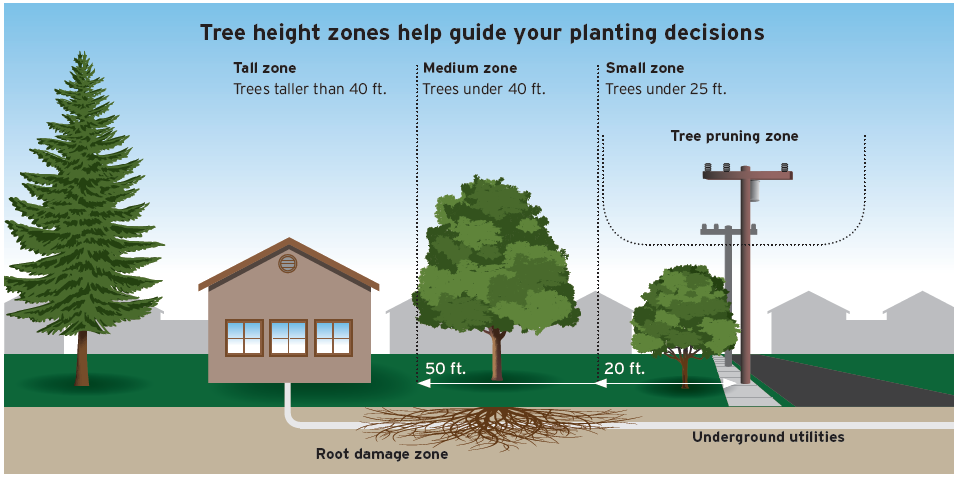
If you do, refer to the diagram above to determine the best place to plant your tree.
When deciding which trees will be best for you, use the SelecTree Guide to research your tree and find out if it is suitable for your climate, planting zone, lifestyle, etc. For example, some trees may drop a lot of seeds and leaf litter, think about if that is something you want to deal with.
Start with the planting trees that are popular locally and compatible with overhead power lines. Then browse our tree planting guide at sdge.com/treeguide to learn more about trees that interest you. You’ll also find tips on planning and planting.
At least two working days before you break ground, call Underground Service Alert at 811 or submit a location request at digalert.org or have the location of buried utility-owned gas pipelines marked first. With this free service, you can avoid the dangers and expense of damaging underground utilities. Have a qualified professional locate gas lines that belong to you – typically those that run from the meter to your gas appliances. Learn more at sdge.com/your-gas-lines.
Consider whether or not you have irrigation installed. Keep in mind each tree needs 5 gallons of water twice a week for the first year. For example, 10 trees would require 100 gallons of water per week. Smaller plant species will need less water. Talk with your local nursery on the best species for your property.

